Sussex & Surrey
Turfing
Lawn Mowing
Tree Felling
Garden Clearance
Sheds & Log Cabins
Fencing
Decking
Strimming
Patio's
Paths
Swimming Pools
Site Clearance
Hedge Cutting
Recent Posts
-

Landscaping on a Budget – How Sussex Landscapes Can Help You Make the Most of Every Penny
3 October 2025 -
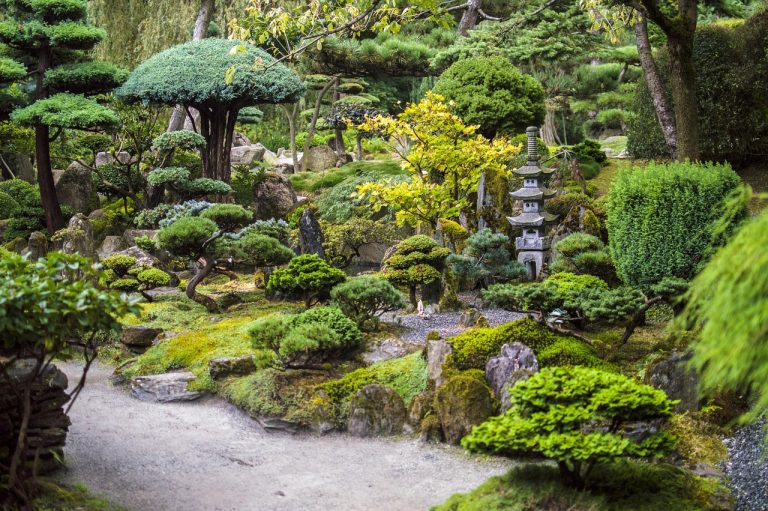
"How to Create a Japanese Garden: A Guide to Peaceful Outdoor Spaces"
15 September 2025 -

How to Dog-Proof Your Garden
1 September 2025 -
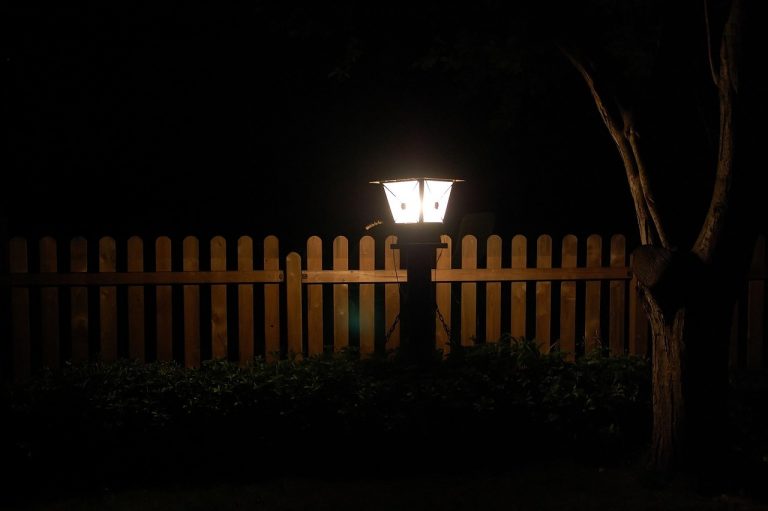
A guide to all kinds of outdoor lighting for gardens
29 August 2025 -
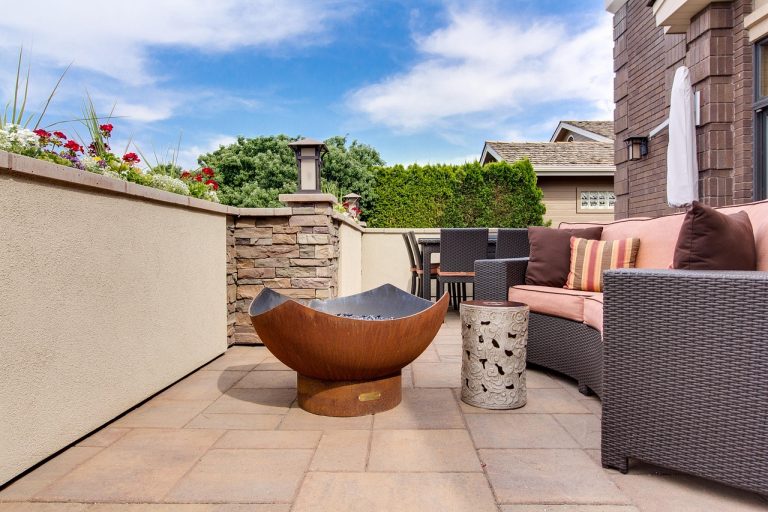
How to Create a Lawn-Free Garden
28 August 2025 -
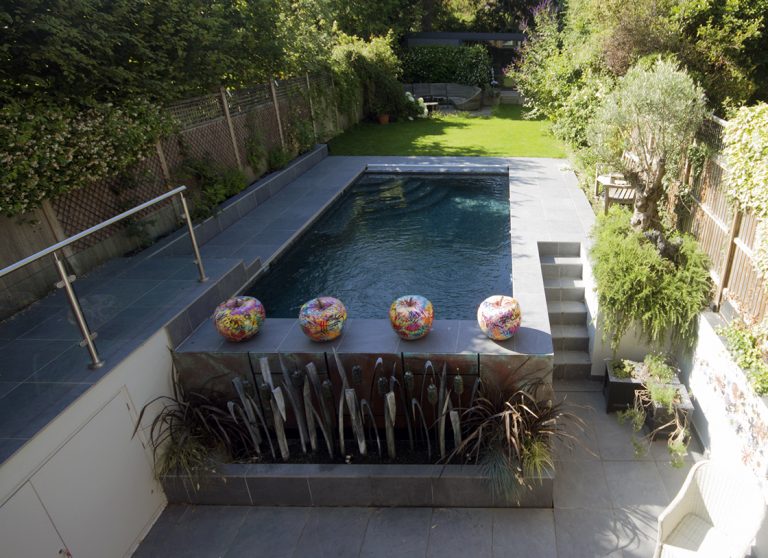
How to design a small garden space
24 August 2025 -
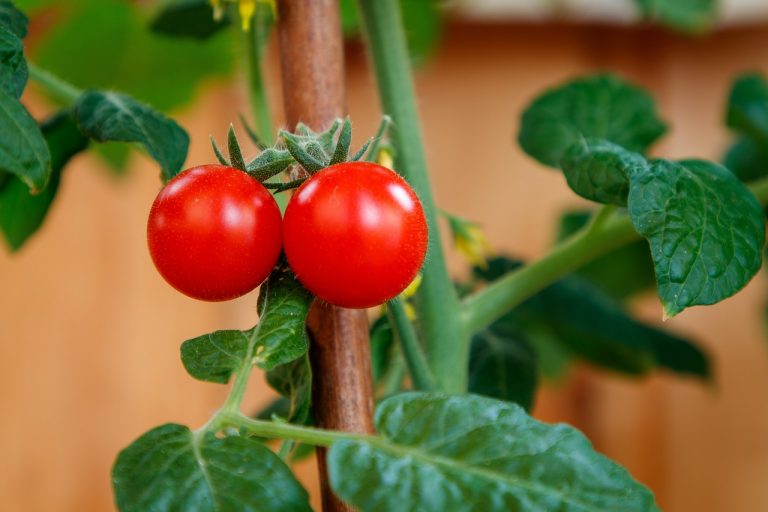
10 Tips for Growing Outstanding Tomatoes in Your Backyard.
23 August 2025 -
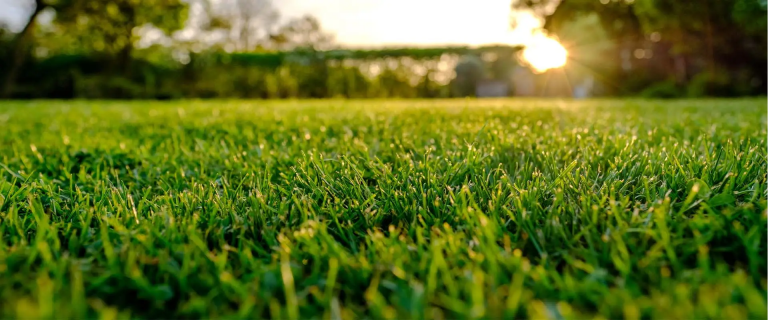
The Best Grasses for a Drought-Resistant Landscape.
23 August 2025 -
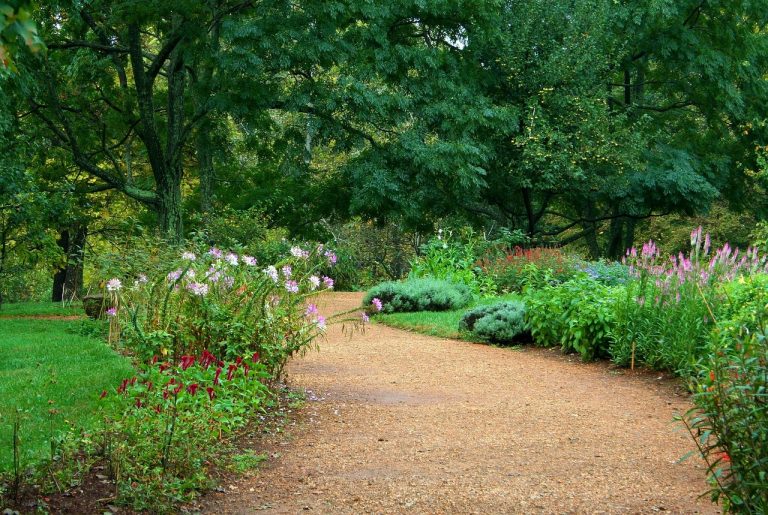
A Step-by-Step Guide to Building a Beautiful Garden Path
23 August 2025 -
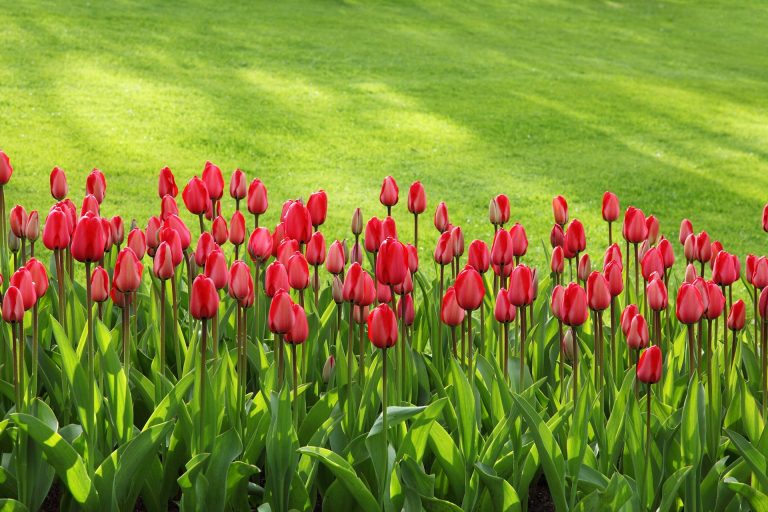
How to Select the Right Plants for Your Garden: A Complete Guide
23 August 2025
How to Select the Right Plants for Your Garden: A Complete Guide
When it comes to creating a beautiful and thriving garden, choosing the right plants is key. Whether you’re a seasoned gardener or just starting, selecting plants that complement your garden’s environment will lead to healthier, more vibrant growth. In this blog, we’ll walk you through the steps to help you pick the perfect plants for your garden, ensuring long-lasting beauty and minimal maintenance.
1. Understand Your Garden’s Conditions
Before you start selecting plants, take a close look at the conditions of your garden. The more you know about your garden’s environment, the better your choices will be. Here are some important factors to consider:
Sunlight: Is your garden full of sunlight, partially shaded, or mostly in the shade? Some plants thrive in full sun, while others prefer dappled light or shade. Keep track of how much sun each part of your garden gets during the day.
Soil Type: The type of soil in your garden can affect how well plants grow. Is the soil sandy, clayey, or loamy? Conduct a simple soil test to determine its pH and nutrient levels. Certain plants are better suited for alkaline or acidic soils, while others prefer well-draining soil.
Climate Zone: Different plants thrive in different climates. It’s essential to know your USDA Hardiness Zone or consult local gardening resources to find plants that are well-suited to your region’s temperature range and weather patterns.
Watering Needs: Some plants require frequent watering, while others are drought-tolerant. Assess the moisture levels of your garden and choose plants that match those conditions. Overwatering or underwatering can lead to poor growth.
2. Consider Plant Size and Growth Habits
Take into account how much space you have and how large you want your plants to grow. Some plants can spread out wide, while others grow tall and narrow. Be mindful of the following:
Mature Size: Pay attention to how large a plant will grow at maturity. Choosing plants that outgrow their space can lead to overcrowding, which inhibits healthy growth.
Plant Spacing: Ensure you have enough room for plants to grow properly. Crowding plants too closely together can increase competition for nutrients, water, and light. Check the recommended spacing for each plant variety.
Growth Habit: Consider whether you want your plants to be ground covers, shrubs, climbers, or trees. This will affect how you arrange them in your garden and what other plants will be suitable to pair with them.
3. Choose Plants That Fit Your Aesthetic Goals
Plants are not just functional—they are also a critical part of your garden’s design and overall look. Think about the atmosphere you want to create, and choose plants that reflect that vision. Consider these factors:
Color Palette: Plants come in a variety of colors, from vibrant flowers to cool green foliage. If you want a specific color scheme for your garden, choose plants with flowers or leaves that match or complement your desired colors.
Texture and Shape: The texture of leaves and flowers can greatly influence the visual appeal of your garden. Soft, feathery plants can create a gentle, relaxed feel, while bold, architectural plants can add drama and structure.
Seasonal Interest: To ensure your garden looks attractive all year round, choose plants that offer interest in different seasons. Some plants bloom in spring, others in summer, and a few provide color even in winter through their berries or evergreen foliage.
4. Think About Maintenance and Care Requirements
Not all plants require the same level of care. If you’re someone who enjoys spending time in the garden, you might love maintaining more intricate plants. But if you’re short on time or prefer a low-maintenance garden, opt for plants that are easier to care for.
Watering and Fertilizing: Some plants need regular watering or feeding, while others can thrive with minimal attention. Consider your available time and choose plants that align with your schedule.
Pruning and Deadheading: Certain plants require frequent pruning or deadheading to keep them tidy and productive. If you want to avoid regular upkeep, select plants that are self-sufficient.
Pest and Disease Resistance: Look for plants that are naturally resistant to pests and diseases. This will reduce the need for pesticides and other chemical treatments.
5. Create a Cohesive Planting Plan
Once you’ve selected your plants based on the factors above, it’s time to design your garden. Here are a few tips to help you achieve a balanced, harmonious design:
Layering: Incorporate plants of different heights to create depth and dimension. Taller plants like trees or shrubs can provide a backdrop, while smaller plants or groundcovers fill in the front.
Grouping: Group plants with similar care requirements together. This will make watering and maintaining them easier and will ensure they all thrive.
Incorporate Edible Plants: If you love fresh herbs, fruits, or vegetables, consider including some edible plants in your garden. Not only will they add beauty, but you’ll also enjoy homegrown produce right at your doorstep.
6. Get Advice From Local Experts
Sometimes, the best way to ensure your garden thrives is to consult local gardening centers, landscape professionals, or horticulturists. They can offer expert advice on the best plant varieties for your specific region and conditions.
Final Thoughts
Selecting the right plants is an exciting part of creating a beautiful garden, and when done thoughtfully, it can set the stage for a space that is both visually stunning and easy to maintain. By considering your garden’s conditions, your aesthetic goals, and the care requirements of each plant, you’ll be well on your way to cultivating a garden that flourishes year after year.
Need help designing your dream garden? Our team of experts is here to assist you with plant selection, garden design, and ongoing care. Contact us today to start creating your perfect outdoor space!
